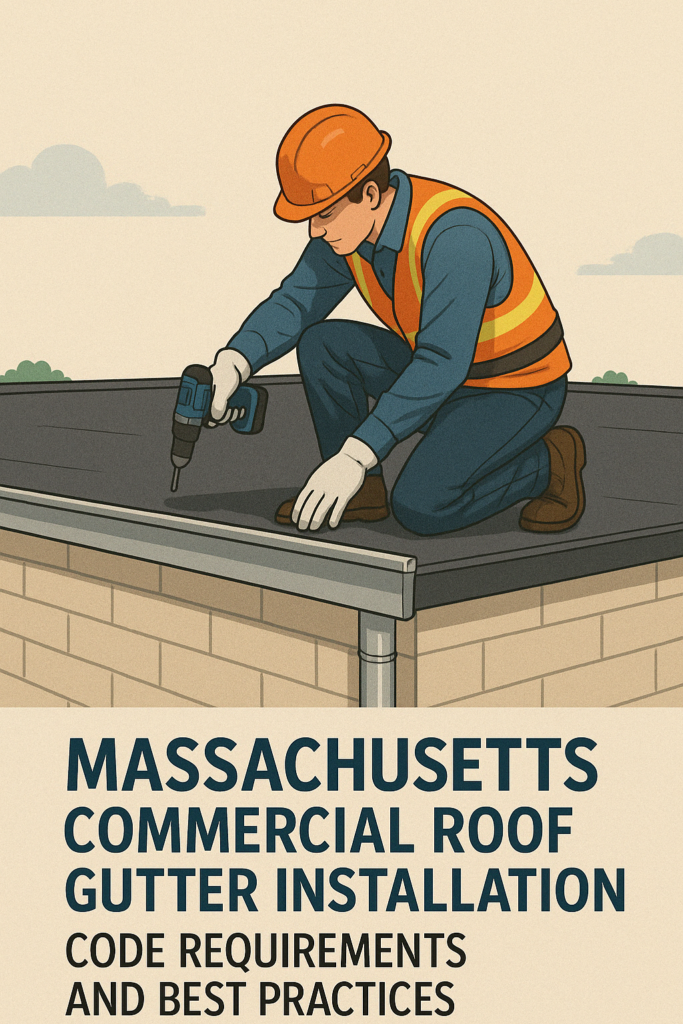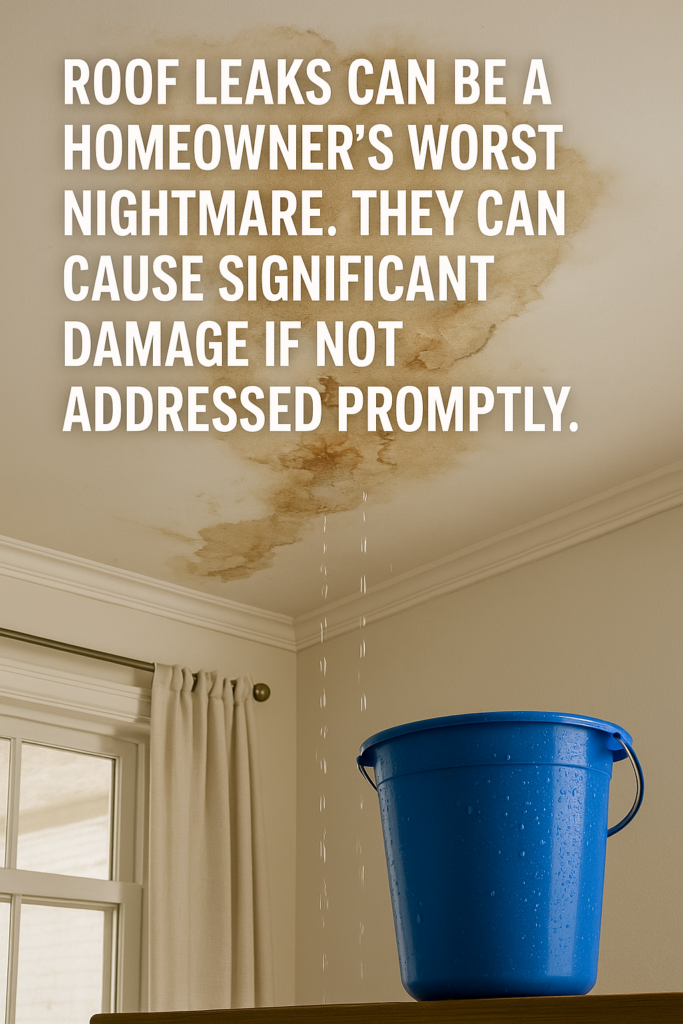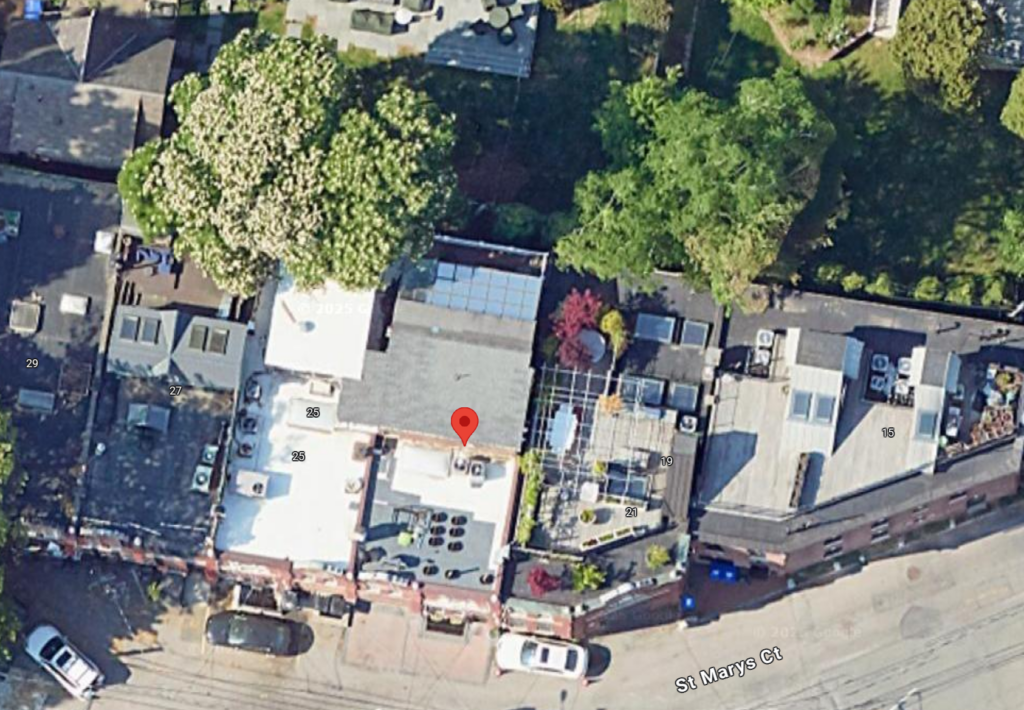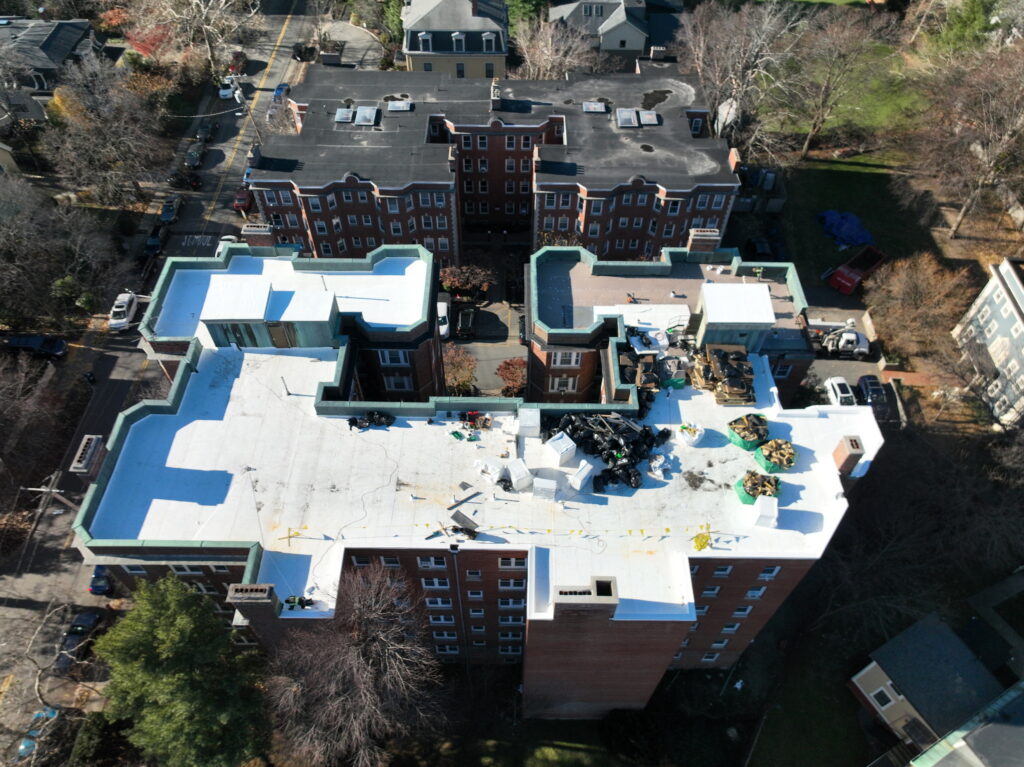Pros and Cons of Flat Roof: Weighing the Good and the Bad
Reading Time: 7 minutesWhen it comes to roofs, there are so many options. The good old gable roof is always a classic, and the butterfly or shed roof is an excellent option for dormers. Considering the pros and cons of flat roof designs is essential for understanding whether a flat roof is the right choice for your building.
But flat roofs are popular for a reason – they’re perfect for townhouses, restaurants, and large warehouses.
A flat roof means the top story matches the size of the other stories in a cuboid building design. Before you decide on a flat roof, let’s take a look at the good, the bad, and the ugly.
To help illuminate the situation, we chatted with ID Flat Roof’s founder and main man, Denis Tchernov.
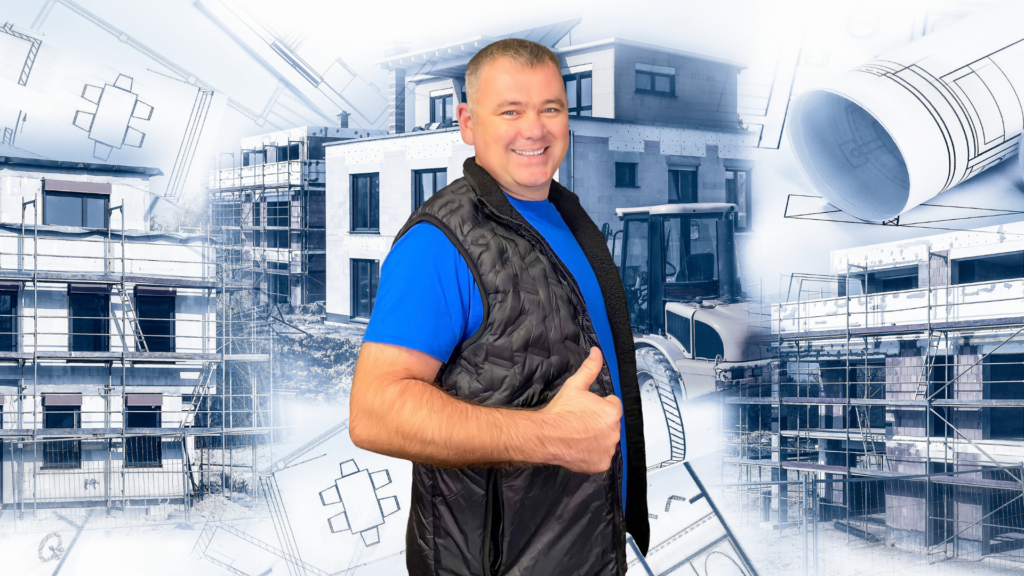
A roofing contractor for over 20 years, Denis and his team specialize in flat roofs and all things flat.
What is a Flat Roof?
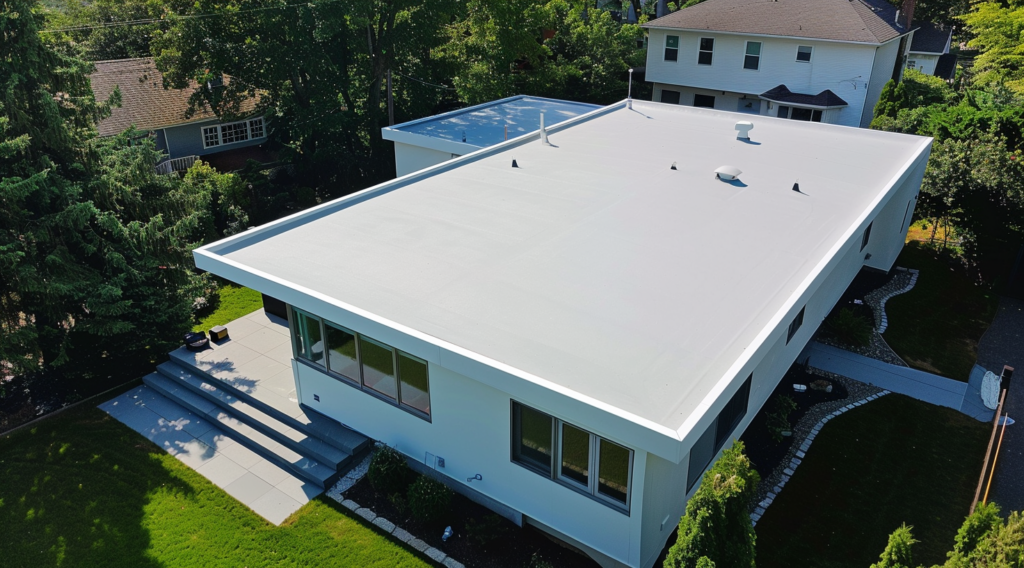
A flat roof is a type of roofing system that has little to no pitch, meaning it is almost completely level. This design is often seen in modern architecture, offering a sleek and minimalist aesthetic with clean lines. Flat roofs have been used for centuries across various cultures, and their popularity continues today, especially in commercial buildings like office complexes and industrial spaces. Modern flat roofs are typically constructed using materials such as EPDM rubber, PVC, TPO, or modified bitumen, each chosen for their durability and specific benefits. These roofs are not just limited to commercial buildings; they can also be a great choice for residential structures, including home additions and detached garages.
Why Flat Roofs Are So Popular in Commercial Buildings

Denis Tchernov:
- When it comes to our commercial clients in Boston and around Massachusetts, one of their top concerns is always budget. And let’s be real – flat roofs are some of the most affordable options out there.
- Because flat roofs are so… flat, you need less material to cover them than you would a sloped roof. This means less expensive materials and labor costs, making them cost effective flat roofs. Installation is also a cinch, especially when you opt for rolled or sheet materials. And maintenance is a breeze, which is great for homeowners on a budget.
- One of the coolest things about flat roofs is that they can be used as additional living space. You can add AC units, plant a rooftop garden, or even host summer BBQs up there. For homeowners, a flat roof is the perfect opportunity to create a unique feature for your home. In the city, where space is limited, a flat roof is a great option.
- Flat roof advantages include ease of maintenance and a contemporary aesthetic, making them a popular choice for both commercial and residential buildings.
- Of course, you can always add a green roof with vegetation or solar panels to your flat roof. These are both great eco-friendly options.
- In warmer areas, flat roofs can be very energy efficient. Light-colored membranes reflect the sun, which means your home stays cooler and you spend less on air conditioning. Think of your roof like a big umbrella – a flat roof can keep you nice and cool!
Design and Functionality: Exploring the Pros and Cons of Flat Roofs
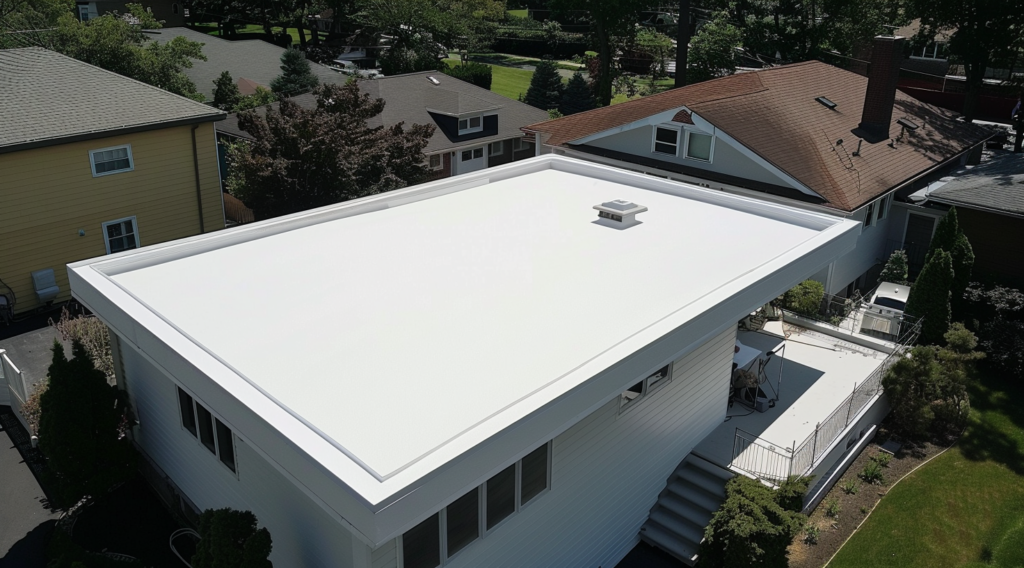
Flat roofs offer a unique blend of design and functionality that sets them apart from their pitched counterparts. One of the standout features of flat roofs is their versatility. The flat surface can be utilized for a variety of purposes, such as installing solar panels, which can significantly reduce energy costs, or holding commercial HVAC units, freeing up valuable ground space. Additionally, flat roofs can be transformed into green roofs or cool roofs, enhancing energy efficiency and reducing the urban heat island effect. In urban areas where space is at a premium, flat roofs can provide additional living or storage space, making them a practical and popular choice.
Roofing Materials: Weighing the Pros and Cons of Flat Roof Options
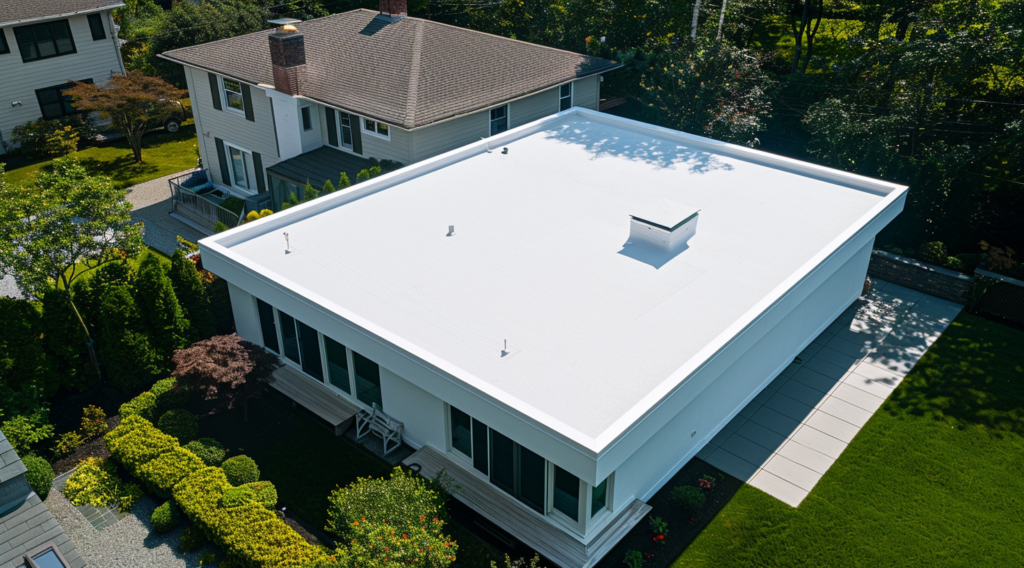
When it comes to flat roofing materials, there are several options, each with its own set of advantages and disadvantages. EPDM rubber is a popular choice due to its durability and resistance to UV rays, making it a long-lasting option. PVC and TPO are also favored for their flexibility and ease of installation, offering robust protection against the elements. Modified bitumen roofing, a more traditional option, is made from asphalt and other materials, known for its durability and weather resistance. Each material has its unique benefits, so it’s essential to choose the one that best fits your specific needs and climate conditions.
The Not-So-Good Side: Disadvantages of Flat Roofs

Denis Tchernov:
– I’m not going to sugarcoat it – flat roofs aren’t for everyone. They have their drawbacks, and I want to share them with you.
– The main issue with flat roofs is water. Rain, snow, or ice will sit on your roof, and if your roof isn’t designed with proper drainage, you’re looking at big problems down the line. That’s why we specialize in creating effective drainage systems that whisk water away from your home.
– Of course, winter is a whole different story. Snow and ice can weigh your roof down, and flat roofs aren’t designed to handle heavy loads.
– While flat roofs can last a long time, the materials you use will greatly impact the lifespan. Asphalt shingles typically last around 15 years, while high-quality membranes can last 30 years or more. Be sure to ask your roofer about options in your area.
How to Make the Most of Flat Roofs While Dodging Pitfalls
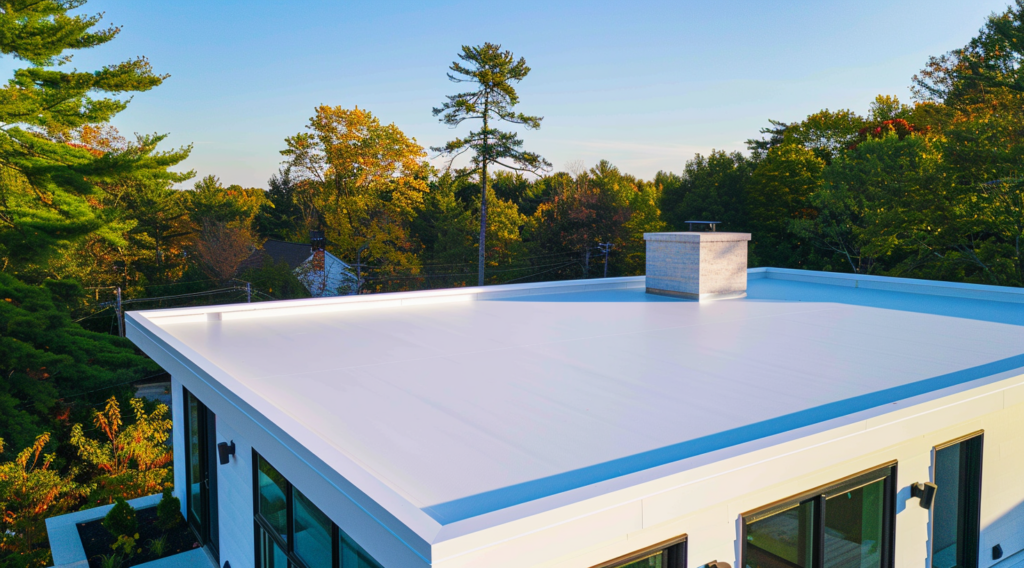
If You’re After Extra Space
Denis Tchernov recommends that if you want to use your roof as additional space, you’ll need a roof deck. Make sure it’s framed to support weight, and use materials that can handle foot traffic and furniture. Don’t forget about safety, either – add railings and provide a safe way to access the roof.
Protect Your Roof from Leaks
To keep your roof and belongings dry, remember:
- Install a proper drainage system with gutters and scuppers.
- Use waterproof roofing materials, and pay special attention to seams and flashings around vents, skylights, and other roof penetrations.
- Schedule annual inspections to look for water stains or standing water. If you notice any issues, call a professional roofer right away.
Consider Climate-Specific Challenges: Weighing the Pros and Cons of Flat Roofs
In warmer areas, flat roofs can get scorching hot and suffer from UV damage. In this case, a pitched roof might be a better option. But new materials like single-ply polymer membranes can help keep your home cool and protected from the sun.
When designing your flat roof, be sure to consider snow and ice loads. Flat roofs can’t shed snow like pitched roofs can, so your roof needs to be able to handle the weight of winter weather.
Choose Low-Maintenance Flat Roofing Materials
Flat roofs need a bit more TLC than pitched roofs, but they don’t have to be high-maintenance. Schedule regular inspections to look for cracks and clean off debris. And always remember to hire a professional roofing contractor – roof work is hazardous!
Today’s roofing materials are durable and can withstand harsh weather conditions, making them a great option for most buildings. From cozy homes to large commercial spaces, you can find a roofing material that’s right for you. And with new technologies, you can reduce your maintenance needs and enjoy a long-lasting roof.
Pitched Roof Comparison

Flat roofs are often compared to pitched roofs, which have a sloping surface that allows water to run off easily. While pitched roofs are more common in residential areas, flat roofs are frequently used in commercial and industrial settings. The lower profile of flat roofs makes them ideal for areas where a higher roof would obstruct views or interfere with overhead utility lines. However, flat roofs can be more prone to drainage issues, requiring more frequent inspections to prevent leaks. In contrast, pitched roofs provide natural water runoff, reducing the risk of water accumulation and potential damage.
Safety and Stability: Understanding the Pros and Cons of Flat Roofs
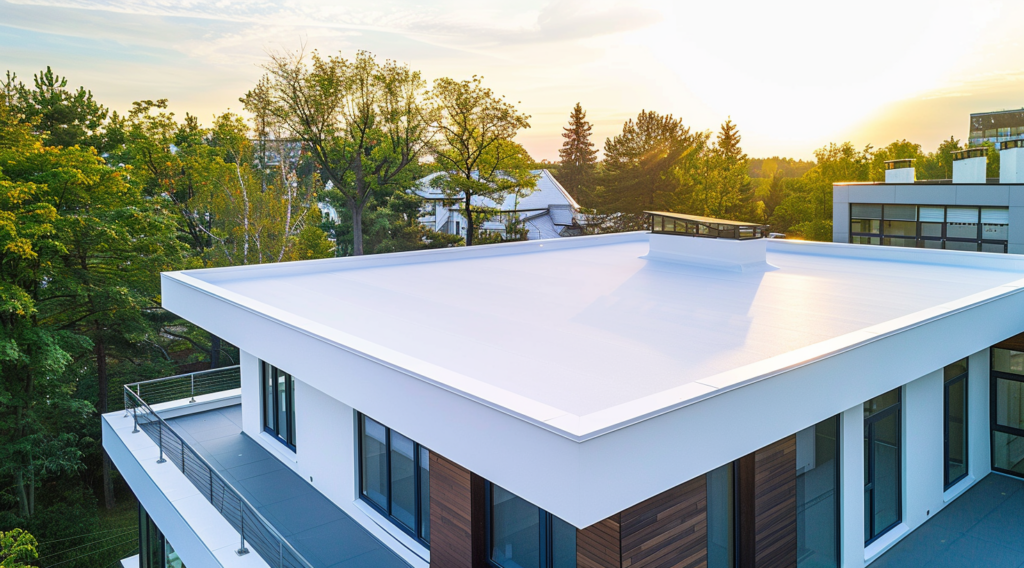
One of the advantages of flat roofs is that they are generally safer and easier to walk on compared to sloped roofs, thanks to their flat surface. However, this flatness can also pose challenges in terms of stability, especially for larger roofs. It’s crucial to ensure that the roof structure can support the weight of any equipment or structures installed on top. Regular inspections and maintenance are essential to prevent safety issues and ensure the roof’s stability. By taking these precautions, you can enjoy the benefits of a flat roof while minimizing potential risks.
Flat Roofs Bring Unique Aesthetic Features: Exploring the Pros and Cons of Flat Roof Designs
Your flat roof might not be the most impressive feature of your home, and that’s okay! You won’t need to worry about re-shingling or keeping a certain look for 20 years.
Conclusion: Make Smart Choices
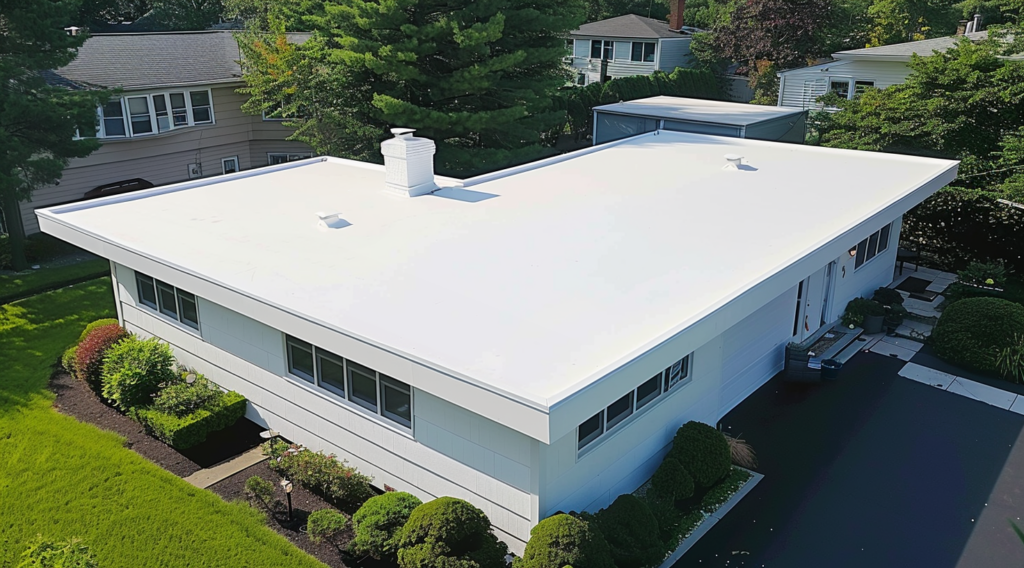
Like any roofing option, flat roofs have their drawbacks. Be sure to consider the good and the bad before making a decision that’s right for your home.
Understanding the Basics of Flat Roof: Read Now
Massachusetts Commercial Roof Gutter Installation: Code Requirements and Best Practices
Finding Reliable Roof Leak Repair Services
High-Quality PVC Roof Installation at 23 St Marys Ct, Brookline, MA
Understanding Hail Damage: Causes and Solutions
Comprehensive Roofing Renovation at 7 Craigie Circle, Cambridge, MA
Efficient White PVC Roof Installation at 54 Solaris Rd, Hyde Park, MA
If you have questions, I’m always here to help. And if you need guidance, be sure to contact a trusted local contractor. They can help you choose the best roofing options, insulation, and maintenance schedule for your home and budget. Remember, I’m always here to lend a hand when you need it!
Denis is the driving force behind ID Flat Roof, a leading company in Boston specializing in flat roof repair and installation for over 20 years.
Expertise:
Denis excels in PVC, TPO, EPDM, and rubber roofing. His meticulous approach ensures quality and customer satisfaction.
Innovation:
Denis incorporates cutting-edge solutions like skylights and solar PV roofing.




